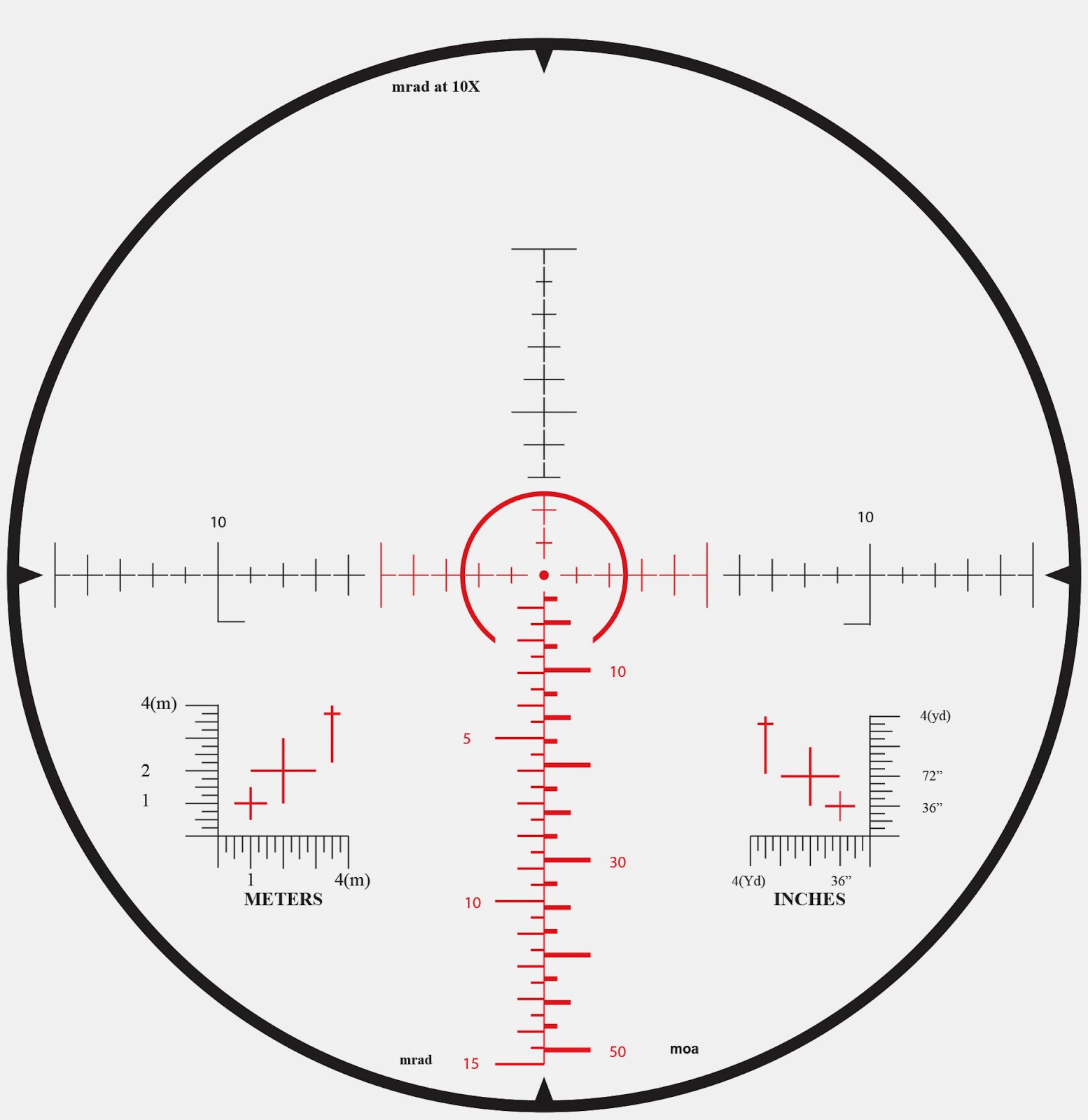(Click On Photos To Enlarge)
The rifle shown above is something of a modern classic. It is the Thompson/Center Arms single-shot
TCR Model 87. The company first introduced the rifle as the
TCR Model 83, in 1983. The only real difference between the
Model 83 and the
Model 87 is that the earlier model, also known as the
Aristocrat, featured double-set triggers, while the model shown here, often referred to as the
TCR Hunter, came with a single trigger. The interchangeable barrels fit both models. From what I can gather, only about 40,000 were produced (both models combined) between 1983 and 1991.
What kept the rifle from being any more successful was the price. The retail cost of either the
TCR 83 or
TCR 87 was noticeably higher than popular bolt-action center-fire rifles of the time, such as the Winchester
Model 70, Remington
Model 700 or Ruger
Model 77.
Just finding a fine condition
Model 83 or
87 today that's for sale is quite an accomplishment...But, finding one for sale at a bargain price is, well,
PRICELESS!
I lucked into the
Model 87 shown here a couple of months back on the Montana Armslist on the internet - and bought the rifle with two barrels (.22 Hornet and .30-06), a new riflescope, with two bases and sets of rings already attached, and 5 boxes of .22 Hornet ammo - for a whopping $400. I've since turned down a $600 offer for the rifle with the .22 Hornet barrel - and a $300 offer for the .30-06 barrel. I've wanted one of these for years, and this one is staying right here.
When I bought the rifle, the .22 Hornet barrel was on the frame, and had a current model Redfield 3-9x42mm model scope mounted on it. The scope had less than 50 rounds fired under it, and I put another 20 rounds through the .22 Hornet barrel the day I bought it. The scope seemed to perform well enough, but I just did not like its overly large size. It was just too big and bulky for the slim and trim lines of the
TCR Model 87. The scope I chose for this barrel is the 1.5-6x42mm
Buck Country model from Hi-Lux Optics. The scope is considerably shorter, and looks much better on the rifle.

This has long been one of my favorite scopes in the Hi-Lux line, and it retails for just $129.00. It's built with much of the quality and ruggedness of higher priced models in the line. The BC156x42 features multi-coated high quality lenses that are super bright and sharp. The fingers actuated windage and elevation adjustments are crisp and positive - and the somewhat European styling of the scope simply adds to the overall look of a classic single-shot like the
TCR Model 87.
What really impressed me was my very first shot with the rifle with the Hi-Lux
Buck Country 1.5-6x scope mounted in the same rings used to mount the previous scope. Switching out the two scopes took all of about ten minutes. My first shot out of the .22 Hornet barrel with the new scope at 50 yards, shooting Hornady
"Varmint Express" ammo, with the 35-grain
V-MAX bullet (at 3,100 f.p.s.), was perfectly left-right center on the target, and about an inch above the center-x of the Birchwood Casey
Shoot-N-C target. Two following shots punched a .455" center-to-center group.
A new target was then stapled to the 100-yard target board...and the very next three shots produced a .335" group. Never before in my life have I been able to pull a brand new scope out of a box, and stick it into existing rings on an existing base - and have a rifle sighted in...without ever turning an adjustment turret. That group is shown here.
When shipped, Hi-Lux Optics scopes are set at
"optical center" - with the same amount of adjustment up and down, and left to right. The odds of being able to take a scope that's perfectly centered optically, and dropping it into a set of rings on a rifle, and have it perfectly
"on" at 100 yards is beyond comprehension. In my mind, it also says a lot for just how precisely the
TCR Model 87 was built - and especially how precisely centered the holes for mounting a scope base were drilled.
I've also put a few boxes of Sellier & Bellot 45-grain soft-point rounds through the Hornet barrel, punching several sub 1-inch hundred yard groups. The scope took the needed 1/4-inch click adjustment in windage and elevation well. The rifle tends to prefer the Hornady 35-grain
V-MAX, and I was able to easily return to the zero for those rounds by turning both windage and elevation the same number of clicks in the opposite direction.
I'll shoot and bust a few ground squirrels with the .22 Hornet barrel, Hi-Lux Optics 1.5-6x
High Country scope, and Hornady's
"Varmint Express" ammo until I pick up a set of loading dies for the .22 Hornet. It's been more than 40 years since I've owned a rifle chambered for the .22 Hornet. I had forgotten how accurate a good rifle in that caliber can be...and how much fun it is to squeeze off a round that tends to have
"zero" recoil.
Now, I'm eyeing up that .30/06 barrel for the rifle - and wondering what scope to mount on it. I'm kind of leaning in favor of the new Hi-Lux Optics 3-9x40mm
M40 Tactical Hunter, with a built in ranging system. What do you think? -
Toby Bridges
For More On The Buck Country Scopes - Click Here
.png)

















